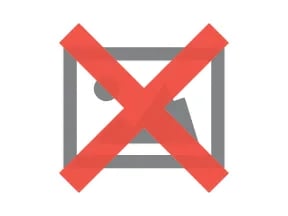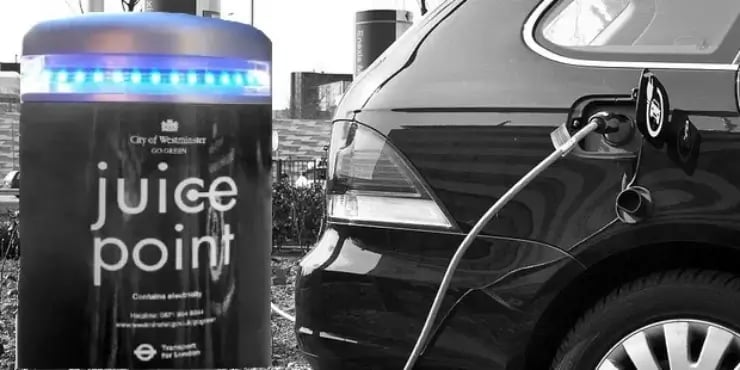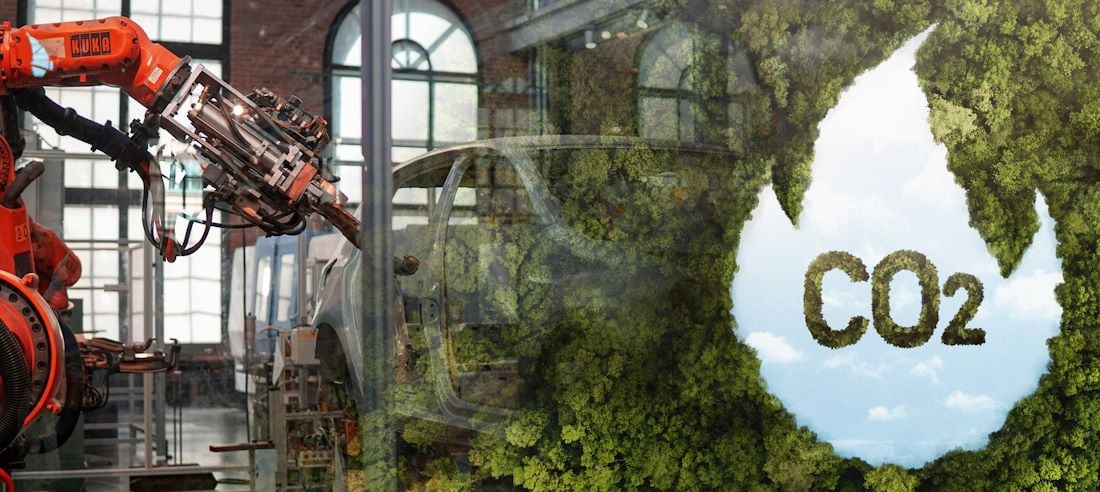When it comes to sustainable private transport, the 21st-century-bearer-of-hope number one is called electric car. Unprecedentedly efficient, locally pollution-free and silent, this technology will totally save the environment without compromising our comfort or convenience in the least. So we think.
However, even the best technology requires raw materials, energy and industrial processes to make. Green technology or not, technology is technology. Its production, use and disposal will always have an effect on the environment, no matter what size, weight and efficiency rating it has – throughout its entire life cycle, it will generate emissions. In order to explore and evaluate these effects, we need to quantify them and make them comparable, using a consistent methodology.
Life cycle assessment is the keyword. It is a well-established method to find out about the majority of ways in which the environment can be harmed throughout the whole life cycle of a certain product and serves as a perfect base for reducing these effects. The only questions are: Do the currently available LCA methods provide a suitable framework for new products? And does the LCA that did a good job on assessing the environmental effects of a conventional car also work well with electric cars? The answers are no. It does a fair job, but it cannot reflect all the necessities of the new technology. A conventional car is always powered by the same fuel, for example. The e-car, however, can use power from the national grid, or from the solar panels on your private roof.
But that’s not the only difference. Even the grid’s electricity is derived from different sources in different places. Depending on the electricity mix in your country, and the diverging renewable energy shares, driving the same car in a different location can result in an essentially different environmental impact. Allow me to make the following rough simplification to illustrate this point: in France, your electric car would run on nuclear power, in Norway on hydro, and in Australia on coal. Whereas the carbon emissions from your driving in France would be low, the eco-toxicity would be high (think nuclear waste repositories). Driving in Norway, in turn, would be almost carbon neutral, but reduces aquatic biodiversity (due to hydro power dams), and the mile you drive in Australia would have the worst climate related emissions (coal plants), even though locally, you wouldn’t emit one single gram of carbon dioxide to the surrounding air, no matter where.
As you see, there are some differences between conventional and electric cars that make it necessary to update the LCA method. 15 months ago, I mentioned the eLCAr project. Because it is on the verge of completion now, and because just a few days ago the European Commission announced major infrastructure improvements for e-cars by 2020, I pick up the threads today and introduce you to two elements of the eLCAr recommendations.
Because the structural conditions for e-mobility aren’t nearly as good as those for vehicles running on conventional fossil fuel, many governments decided to amp up infrastructure development with ambitious goals. As a part of the EU’s clean fuel strategy announced last week, 800,000 publicly accessible recharge stations should be up and running by 2020 (see e21.info, in German). By the same year, Germany aims to have 1 million e-cars on its roads. The UK is even more ambitious in wanting 1.5 million electric cars, only topped by the 2 million e-car-goal in France. Euractiv reports:
[I]n the UK, the number of charging points would increase from 703 last year to 1.22 million, 10% of which would be publicly funded. In Germany, the number of charging points would rise from 1,937 to 1.5 million and in France, from 1,600 to 970,000.
Under these circumstances, with everyone embracing the new and certainly promising technology, who keeps their heads cool and maintain a healthy critical distance? One team of researchers do. Based in Switzerland and Germany, the “Eidgenössische Materialprüf- und Forschungsanstalt” (Empa), the Technical University Braunschweig (TUBS), and the “Institut für Hochspannungstechnik”, Aachen (IFHT), all stand behind eLCAr, which is also supported by the LCA-software pioneers at ifu Hamburg. What was eLCAr about again? As I wrote above, the LCA that did a good job on assessing the environmental effects of a conventional car does not necessarily work well with electric cars. When holistic life cycle assessment is our goal, we need a more appropriate method. This is where eLCAr comes in. “The eLCAr project provides guidelines and recommendations for doing LCA in e-mobility” is what I wrote in my article Exploring the Environmental Effects of Electric Cars 15 months ago. The project expands on the International Reference Life Cycle Data System ILCD Handbook, which contains recommendations about creating life cycle inventories. From that base, eLCAr works to develop comprehensible bits applicable to e-cars. It is also forming part of the public-private partnership, European Green Cars Initiative.
What did it find out then? Well, the project, as such, is not a study. There are no findings. However, the almost-finished 127 page draft already provides practitioners who plan to conduct life cycle assessments with a comprehensive guideline they can hang on to, explicitly made for the requirements of e-cars.

As an appetizer, you can study the eLCAr interdependency matrix here. It gives you an overview of what component change would influence which other components. It also shows the impact of vehicle weight on energy demand. Read from top to bottom, it shows which part of the car influences the other parts. The left-to-right line is the passive way: If the matrix says “1”, the component on the left is influenced by the one on the top. For the li-ion battery, highlighted in yellow, the matrix basically shows: “The weight of the li-ion battery may strongly influence overall vehicle weight.” What you can also induce from the matrix is that the “voltage of the li-ion battery may have an influence on the necessary size and performance of the power electronics.” What’s more, the energy demand is, of course, influenced by vehicle weight. The necessary chassis dimensions depend on vehicle weight, too (orange column). Finally, the composition of all electronic components is influenced by the car’s overall energy demand during use (they all have a “1” in the red column).
The number one issue with electric vehicles is still energy storage. Because energy density, efficiency and the lifespans of batteries are “all expected to increase” in the coming years, the authors of the recommendations proceeded with caution concerning the figures to use for the lifetimes of cars and batteries:
The life expectancy is a key parameter in the assessment of a battery, even though not much historical data is available yet for current technologies. Important aspects are the calendar life time as well as the life times in terms of charging cycles. For Lithium-Ion batteries life time values in excess of 5000 deep cycles for which 80% of the initial capacity is maintained, are described in literature [Duleep 2011], [Majeau-Bettez 2011]. In terms of calendar years, however, much more uncertainty is currently present. While life times below the calendar life time of vehicles are typically assumed, a clear aim is to reach parity of life time between battery and vehicle in the near future [Duleep 2011].
Reflecting on all the eLCAr recommendations from the 127-page PDF draft would go beyond the scope of one blog article. All I can say is: go to the website and download the draft. It just so facilitates the life of LCA practitioners that deal with e-mobility that you should read it yourself!
Further Reading
- Andrea Del Duce, Patricia Egede, Gerlind Öhlschläger, Tina Dettmer, Hans-Jörg Althaus, Thomas Bütler, Eva Szczechowicz (12/2012): Draft of Guidelines for the LCA of electric vehicles; www.elcar-project.eu
Article image edited by Moritz Bühner (CC SA), based on a Westminster recharge station CC by internets_dairy and a recharge point in the Netherlands CC SA by Maarten Takens.





